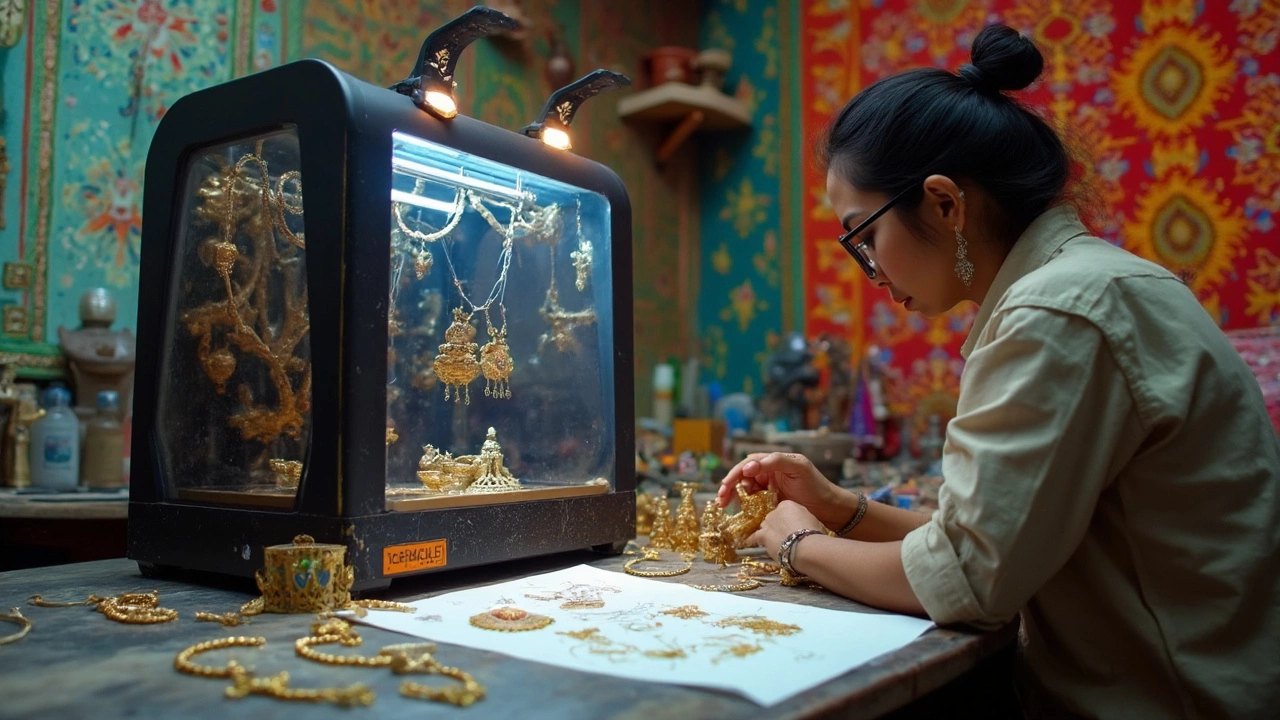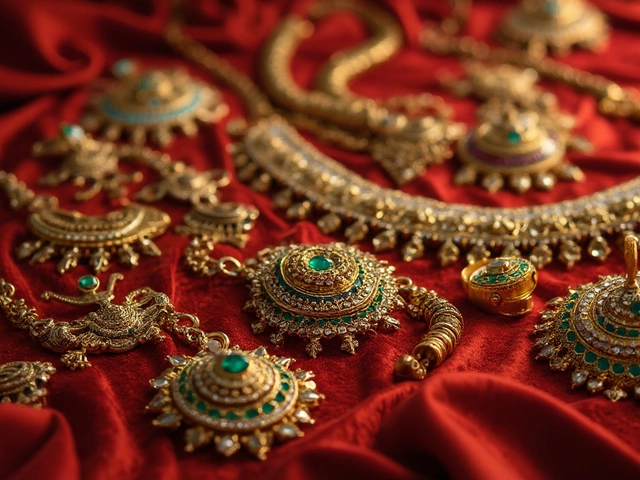Metal Limitations in Indian Jewellery – Your Quick Guide
When you shop for jewellery in India, the metal you see isn’t always what it claims to be. Knowing the standard limits for gold, silver and other alloys can keep you from overpaying or buying a fake piece. Below you’ll find the most common marks, how to read them, and a few tricks to check a piece on the spot.
Common Purity Marks and What They Mean
Gold is marked by its purity in parts per thousand. The most popular stamps are:
- 875 – 21 karat gold (21 parts gold, 4 parts other metals). It’s the sweet spot for durability and price.
- 916 – 22 karat gold, used for traditional pieces like wedding jewellery.
- 750 – 18 karat gold, common in modern designs.
Silver usually appears as 925 (sterling) or 833 (roughly 83 % pure). The 833 mark is older and often seen in traditional tribal pieces.
Every BIS‑hallmarked piece carries a four‑part code: the BIS logo, the purity number, the jeweller’s signature and the CE mark (the Indian certification). Spotting this code on the clasp, pendant bail or the inside of a ring tells you the item has passed official testing.
How to Spot Mixed Metals and Protect Your Money
Even with a hallmark, some sellers mix cheaper metals to boost weight. Here are three quick tests you can do at home:
- Magnet test: Pure gold and silver aren’t magnetic. If a piece sticks to a strong magnet, it likely contains iron or nickel.
- Weight comparison: Gold feels heavier than most other metals of the same size. Compare a known genuine piece with the one you’re checking; a big difference can signal a fake.
- Acid test kits: Small drops of acid on an inconspicuous spot can reveal the actual purity. Follow the kit’s colour guide carefully.
Another tip: ask the seller for the BIS certificate number. You can verify it on the BIS website or by calling their helpline. A genuine certificate will match the jewellery’s hallmark and weight.
Finally, trust your gut. If a deal sounds too good to be true or the seller avoids showing the hallmark, walk away. Real jewellery shops are proud to display their marks and will gladly let you inspect the piece.
Understanding metal limitations doesn’t require a chemistry degree—just a few simple checks and a bit of awareness. Use these pointers next time you shop, and you’ll walk away with a piece that truly matches its price tag.
3D Printing Limitations: Metals That Miss the Mark
While 3D printing opens new avenues in jewelry making, not all metals are compatible with this innovative process. Key metals like lead, tin, and some precious metals pose challenges due to their properties. Learn about these limitations and explore the reasons behind them. This insight helps you make informed decisions when selecting materials for your next jewelry project.





